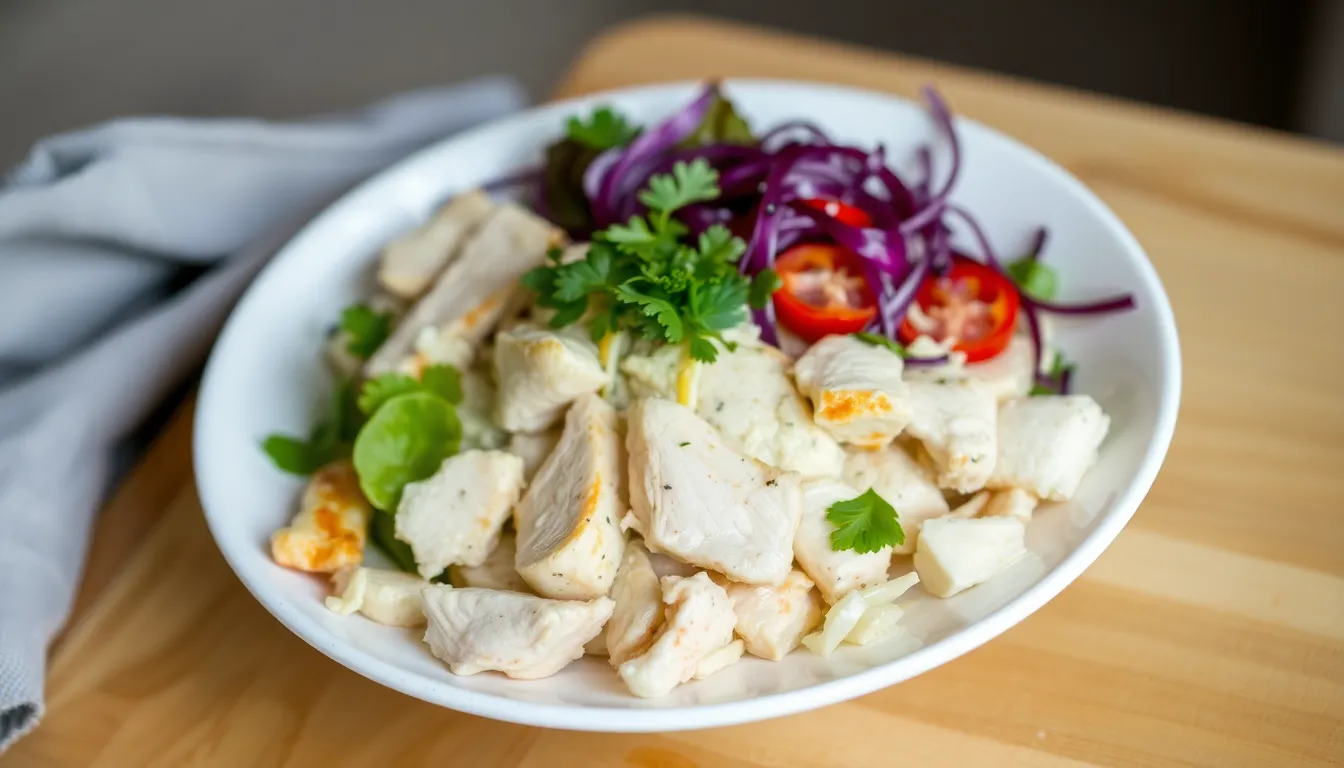Cooking with Herbs: How to Use Them Fresh vs. Dried
Herbs are the unsung heroes of the culinary world. They add layers of flavor, aroma, and color to our dishes, transforming even the most mundane recipes into masterpieces. Whether you’re a seasoned chef or a home cook, understanding how to use herbs—both fresh and dried—can elevate your cooking to new heights. In this article, we’ll explore the differences between fresh and dried herbs, their usage, storage tips, and much more to help you become a herb aficionado in your kitchen.
Section 1: Understanding Herbs
1.1 What Are Herbs?
Herbs are defined as the leafy green parts of plants that are used for flavoring, garnishing, or medicinal purposes. Common culinary herbs include:
- Basil
- Parsley
- Thyme
- Rosemary
- Cilantro
- Oregano
The use of herbs in cooking can be traced back to ancient civilizations. Initially used for medicinal purposes, herbs eventually found their way into the kitchens of homes and restaurants, enhancing the taste and aroma of dishes across cultures.
1.2 Nutritional Benefits of Herbs
Incorporating herbs into your meals not only makes them tastier but also healthier. Herbs are often packed with nutrients and offer a variety of health benefits:
- Antioxidant Properties: Many herbs contain antioxidants that help neutralize harmful free radicals in the body.
- Vitamins and Minerals: Fresh herbs are rich in essential vitamins like vitamin K, C, and A, as well as minerals such as iron and calcium.
- Anti-inflammatory Effects: Certain herbs like turmeric and ginger have strong anti-inflammatory properties, making them beneficial for overall health.
Section 2: Fresh Herbs
2.1 Flavor Profile of Fresh Herbs
Fresh herbs bring a vibrant and lively flavor to dishes. They are often used in salads, marinades, dressings, and as garnishes. Here are some examples of dishes that shine with fresh herbs:
- Pasta: Fresh basil or parsley can elevate the flavor of pasta dishes.
- Salads: Herbs like cilantro and mint add freshness to any salad.
- Grilled Meats: Rosemary and thyme complement grilled chicken and lamb beautifully.
2.2 How to Store Fresh Herbs
To extend the life of your fresh herbs, proper storage is essential. Here are some effective methods:
- Refrigeration: Wrap herbs in a damp paper towel and place them in a plastic bag in the fridge.
- Water Method: Place the stems of herbs like basil and cilantro in a glass of water (similar to a bouquet), and cover the leaves with a plastic bag. This can keep them fresh for a longer time.
- Drying: If you have an abundance of fresh herbs, consider drying them. Simply tie the stems together and hang them upside down in a dark, dry place.
2.3 Best Practices for Using Fresh Herbs
To maximize the flavor of fresh herbs, consider the following:
- Timing: Add fresh herbs at the end of cooking or as a garnish to maintain their vibrant flavor.
- Chopping: Use a sharp knife to chop herbs gently, as excessive cutting can bruise the leaves and release bitter flavors.
Section 3: Dried Herbs
3.1 Flavor Concentration of Dried Herbs
Dried herbs have a more concentrated flavor, making them ideal for slow-cooked dishes or marinades. They are often used in:
- Soups and Stews: Dried herbs can infuse flavors over long cooking times.
- Baking: Certain bread recipes benefit from the addition of dried herbs.
- Seasoning Mixes: Dried herbs are commonly used to create seasoning blends.
3.2 How to Store Dried Herbs
For long-term storage of dried herbs, follow these guidelines:
- Cool, Dark Place: Store dried herbs in a cool, dark pantry to prevent degradation.
- Airtight Containers: Use airtight glass jars or containers to maintain freshness and potency.
3.3 Best Practices for Using Dried Herbs
To get the most out of dried herbs, consider these practices:
- Timing: Add dried herbs early in the cooking process to allow their flavors to meld with the dish.
- Rehydration: For stronger flavors, rehydrate dried herbs in a bit of warm water or broth before adding them to your dish.
Section 4: Fresh vs. Dried: A Comparative Analysis
4.1 Taste and Aroma
Understanding the differences between fresh and dried herbs can help you choose the right type for your dish. Below is a comparative table summarizing the key differences:
| Aspect | Fresh Herbs | Dried Herbs |
|---|---|---|
| Flavor | Bright and vibrant | Concentrated and robust |
| Aroma | Intense and fragrant | Subdued yet flavorful |
| Use in Cooking | Finishing touch or early addition | Longer cooking times |
| Storage | Refrigeration or water method | Cool, dark place in airtight containers |
4.2 Substitution Guide
When you find yourself short on fresh herbs, you can often substitute dried herbs. Here’s a simple guide to help with conversions:
| Fresh Herb | Dried Herb Equivalent |
|---|---|
| Basil | 1 tsp. dried basil for every 1 tbsp. fresh |
| Parsley | 1 tsp. dried parsley for every 1 tbsp. fresh |
| Cilantro | 1 tsp. dried cilantro for every 1 tbsp. fresh |
| Thyme | 1 tsp. dried thyme for every 1 tbsp. fresh |
Conclusion
Cooking with herbs, whether fresh or dried, can enhance your meals in remarkable ways. By understanding the strengths and applications of each form, you can create delicious and healthful dishes. Embrace the vibrant flavors of fresh herbs when they are in season, and rely on the concentrated potency of dried herbs for your pantry staples. With these tips and insights, you are now prepared to unleash the full potential of herbs in your kitchen. Happy cooking!




